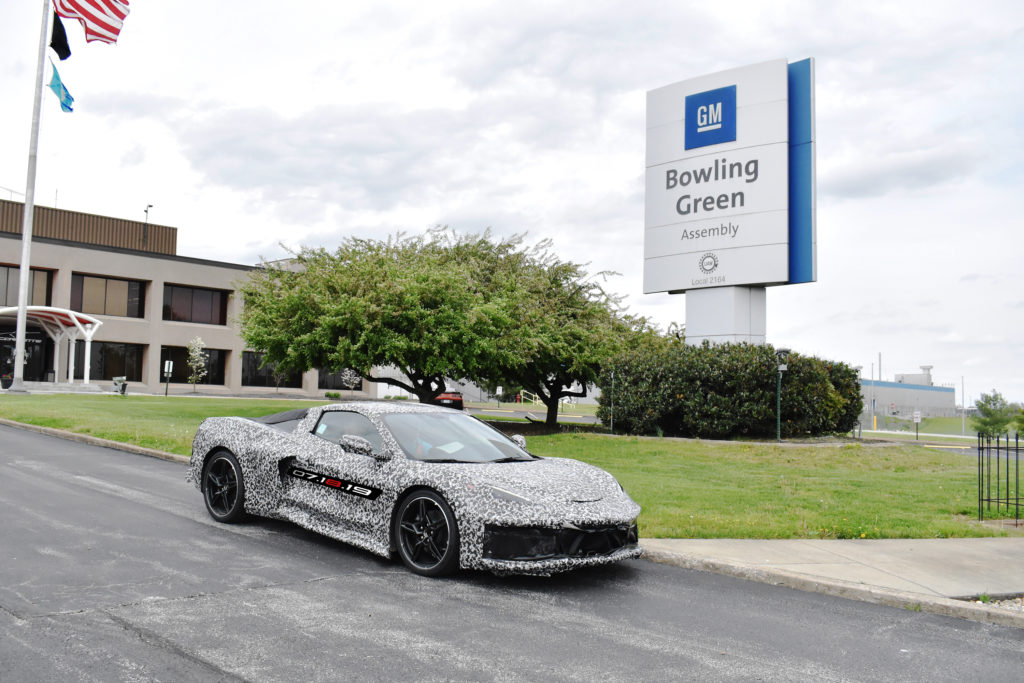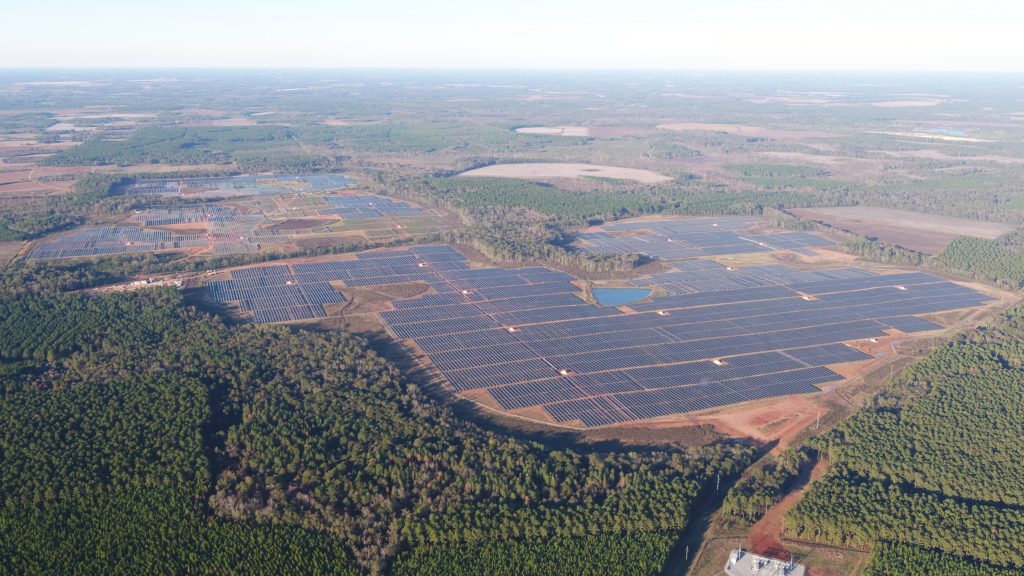
The Chevy Corvette has been “America’s Sports Car” for nearly 70 years, and it will soon be manufactured with solar power served up from electric cooperative lines.
“Bowling Green, Kentucky, has been the only place Corvettes have been built for more than 30 years, and they are one of our leading commercial and industrial accounts,” said Dewayne McDonald, president and CEO of Warren Rural Electric Cooperative. “So, when General Motors made a commitment to renewable power, we were happy to help make it happen.”
Many of the GM assembly plant’s nearly 1,400 employees are members of the Bowling Green-based distribution co-op. Meeting the energy needs of the 1.7 million-square-foot plant is vital to the co-op-served community. That provided ample incentive for Warren RECC to work closely with the Tennessee Valley Authority to help meet GM’s goal of going carbon-neutral by 2040.
A nearly 175-megawatt solar and storage project under development about 25 miles away from the plant has the surplus capacity to meet the automaker’s needs, and the energy produced will start flowing through the co-op’s distribution lines in 2023.
“The Warren RECC service territory is an industry hub, and we continue to take bold steps to help make our community a competitive location for businesses, like GM, that are pursuing environmental goals,” said McDonald.
The solar and storage project, being developed by NRECA associate member Silicon Ranch, is part of TVA’s Green Invest initiative. The public power provider has pursued several power purchase agreements to enhance the availability of renewable energy resources across its service region to help meet the evolving demand for new and sustainable resources powering homes and businesses.
“TVA’s Green Invest program is bringing together customers and renewable energy partners who are all investing in our communities,” said Chris Hansen, TVA vice president for origination and renewables.

GM is committed to using 28 MW of the solar array’s output. The remaining 145 MW of its power and much of its 120 megawatt-hours of energy storage capacity is earmarked for Facebook’s regional facilities.
“This solar and storage facility, less than 50 miles from our Gallatin [Tennessee] data center, will be Facebook’s first renewable energy project in Kentucky,” said Urvi Parekh, head of Facebook’s renewable energy operations.
The Silicon Ranch project is Facebook’s fifth renewable energy project with TVA, representing an investment of more than $1 billion in the region. It’s part of a trend toward diversifying energy resources that co-ops and other utilities are pursuing to help meet consumer expectations and national policy goals.
“Renewable energy is something that more of our businesses want and something that makes Kentucky more competitive for jobs and investments,” said Gov. Andy Beshear. “Green Invest shows the benefits of TVA’s public power model as we transition to a cleaner energy future.
Construction of the 1,600-acre Logan County project is expected to involve about 450 workers beginning in 2022. Once completed, it will help GM meet its goal of 100% renewable energy for its domestic operations, a full decade before its worldwide commitment.
“This project not only supports the automotive industry, but it also will help meet the needs of a growing digital communications industry and expand regional availability of renewable energy,” said McDonald. “General Motors is one of the best corporate citizens. Over the years, they have invested at least $2 billion in infrastructure here and we’re very proud to have them as a member.”
Derrill Holly is a staff writer for NRECA.